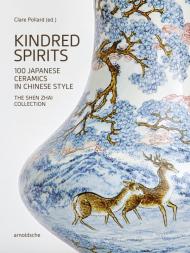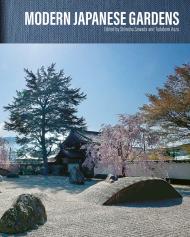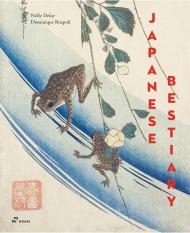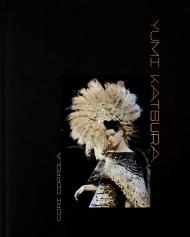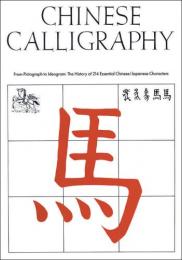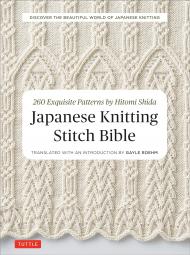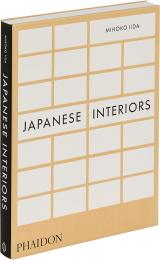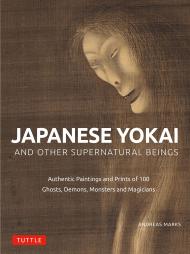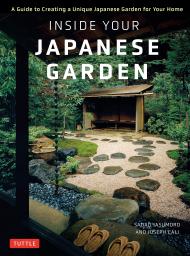The first comprehensive monograph on Japanese ceramics in Chinese style and their history.
100 beautiful ceramics showcase the artistic relationship between Japan and China throughout the years.
A valuable reference source for collectors and art historians.
Kindred Spirits showcases the remarkable flowering of Chinese style ceramics that took place in Japan after the mid-19th century. For over a thousand years, Chinese ceramics have been admired and emulated in Japan. This book discusses for the first time how this artistic relationship evolved during the Meiji, Taisho, and early Showa eras. A selection of 100 works from the acclaimed Shen Zhai Collection demonstrates the range and quality of these ceramics, from elegant celadons to sophisticated underglaze blue porcelains. Detailed descriptions, makers’ marks, and box inscriptions make this a valuable reference resource for collectors and art historians.
About the Author:
Rose Kerr is Honorary Associate of the Needham Research Institute in Cambridge (UK), after retiring as Keeper of the Far Eastern Department at the Victoria and Albert Museum in London. She teaches and lectures internationally and is an Honorary Fellow at the University of Glasgow; Trustee of the Sir Percival David Foundation of Chinese Art; and Museum Expert Advisor for Hong Kong. In 2015 she was made an Honorary Citizen of Jingdezhen. An author and contributor to twenty-six books on Asian art, she is a regular contributor to journals and magazines. Patrick M. Kwok (郭建明) is a third-generation Singapore collector whose family art business marked its centennial in 2018. Over the past four decades his research interests have covered a wide range of Chinese art, in particular bronzes and ceramics. These constitute the core collections of 慎齋 (Shen Zhai), the Studio of Reverence. The bronzes were documented in a volume that he edited, Dialogue with the Ancients: 100 Bronzes of the Shang, Zhou, and Han Dynasties: The Shen Zhai Collection (Select Books, 2018). He is a vice president of The China Society, Singapore, and since the early 1980s he has been a member of the Oriental Ceramics Society in London, as well as in Hong Kong, and of the Southeast Asian Ceramic Society, Singapore. His interest in Japanese art led him to focus on the influence of Chinese aesthetics in Japanese ceramics, sculpture and painting. Dr. Maezaki Shinya (前崎信也) is Professor of Art and Design History at Kyoto Women’s University and a Visiting Researcher at the Art Research Centre, Ritsumeikan University and Archival Research Centre of Kyoto City University of Arts. After gaining his doctorate in London in 2009, he worked for six years as a post-doctoral fellow at Ritsumeikan University, Kyoto. In 2015 he took up the position of Associate Professor at Kyoto Women’s University and was promoted to Professor in April 2022. Dr. Clare Pollard is Curator of Japanese Art at the Ashmolean Museum, University of Oxford. After gaining her doctorate in Oxford in 1996, she worked for seven years as Curator of the East Asian Collections at the Chester Beatty Library, Dublin. In 2004 she took up the position of Curator of Japanese Art at the Art Gallery of New South Wales, Sydney, before returning to the Ashmolean in April 2006.
